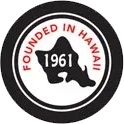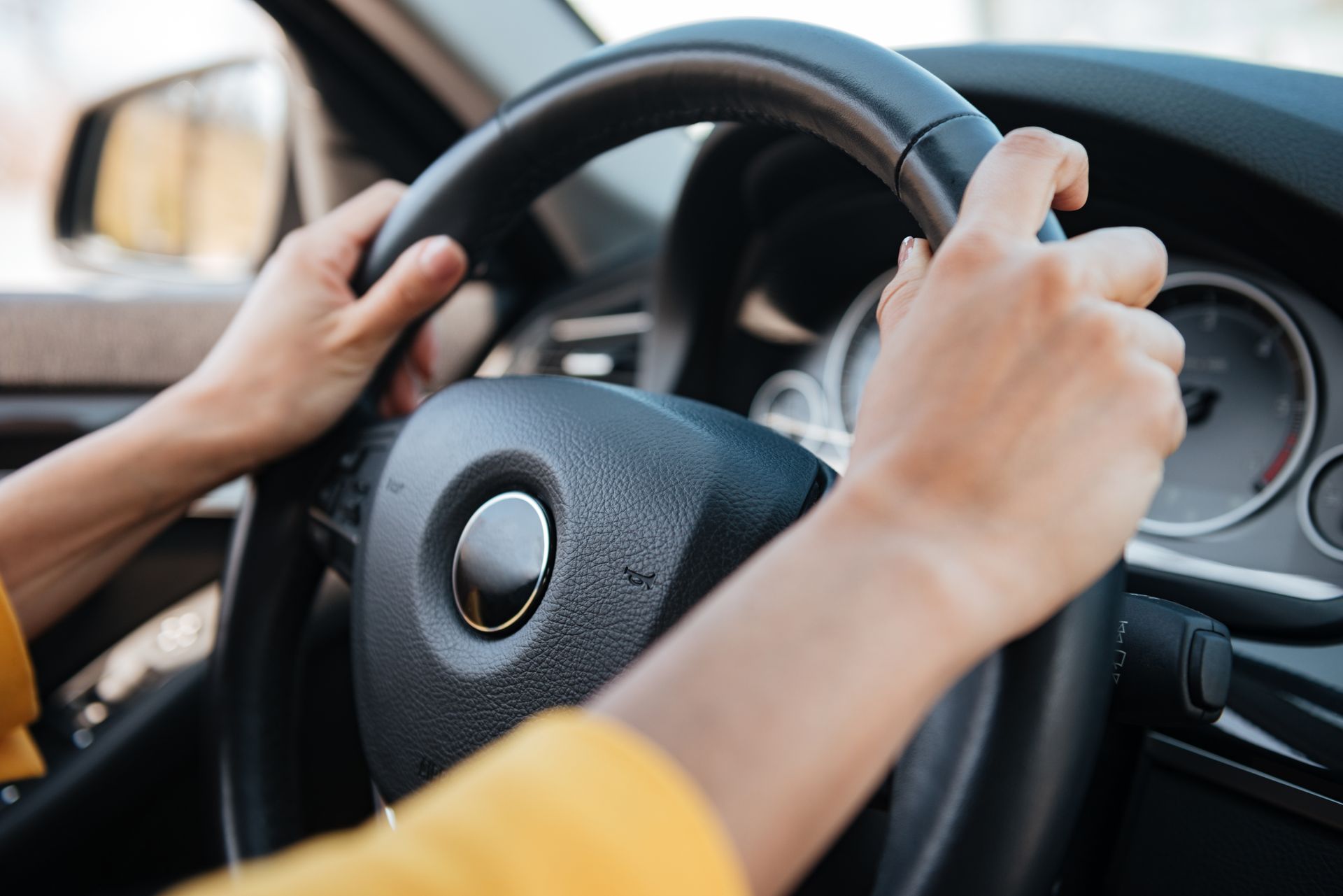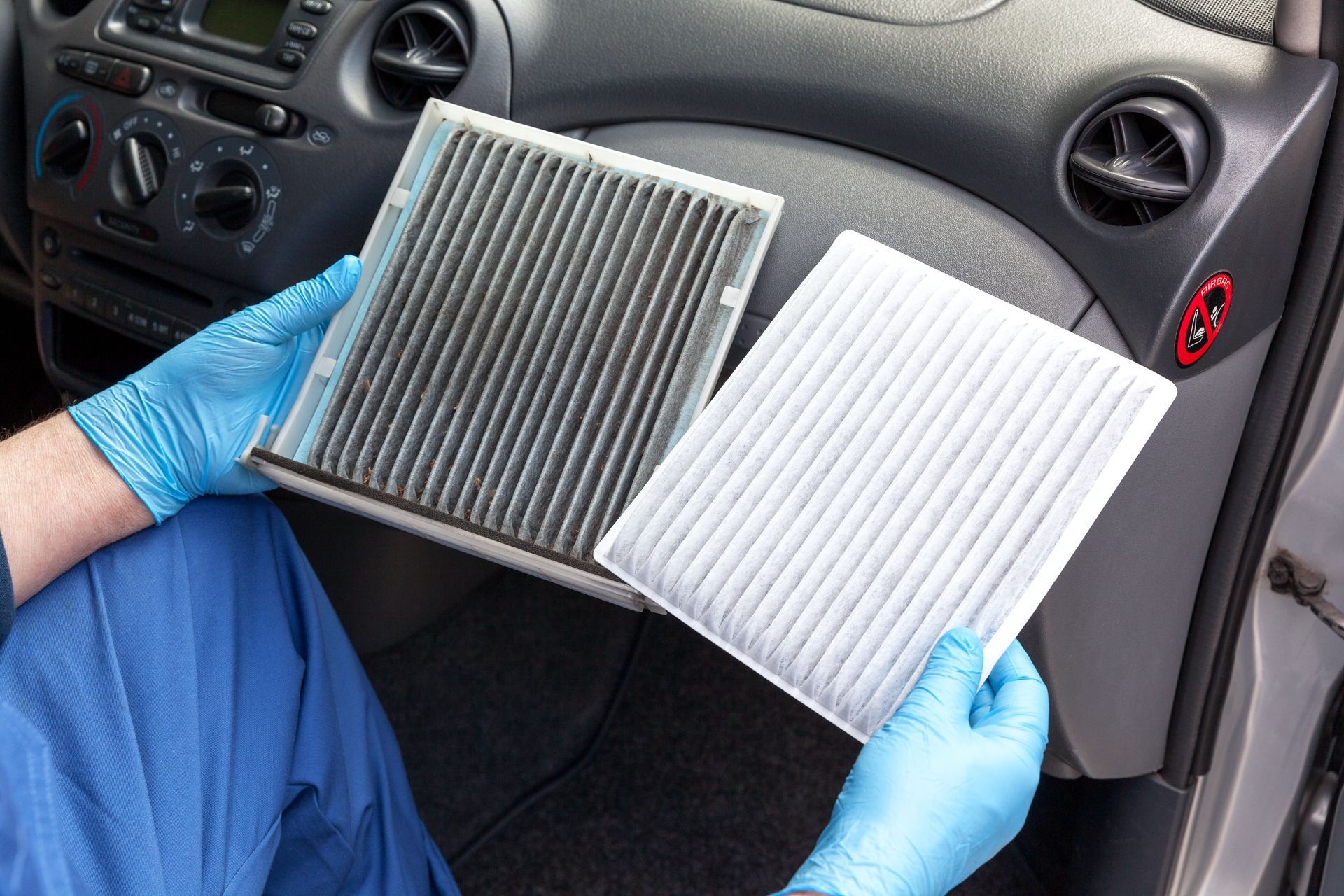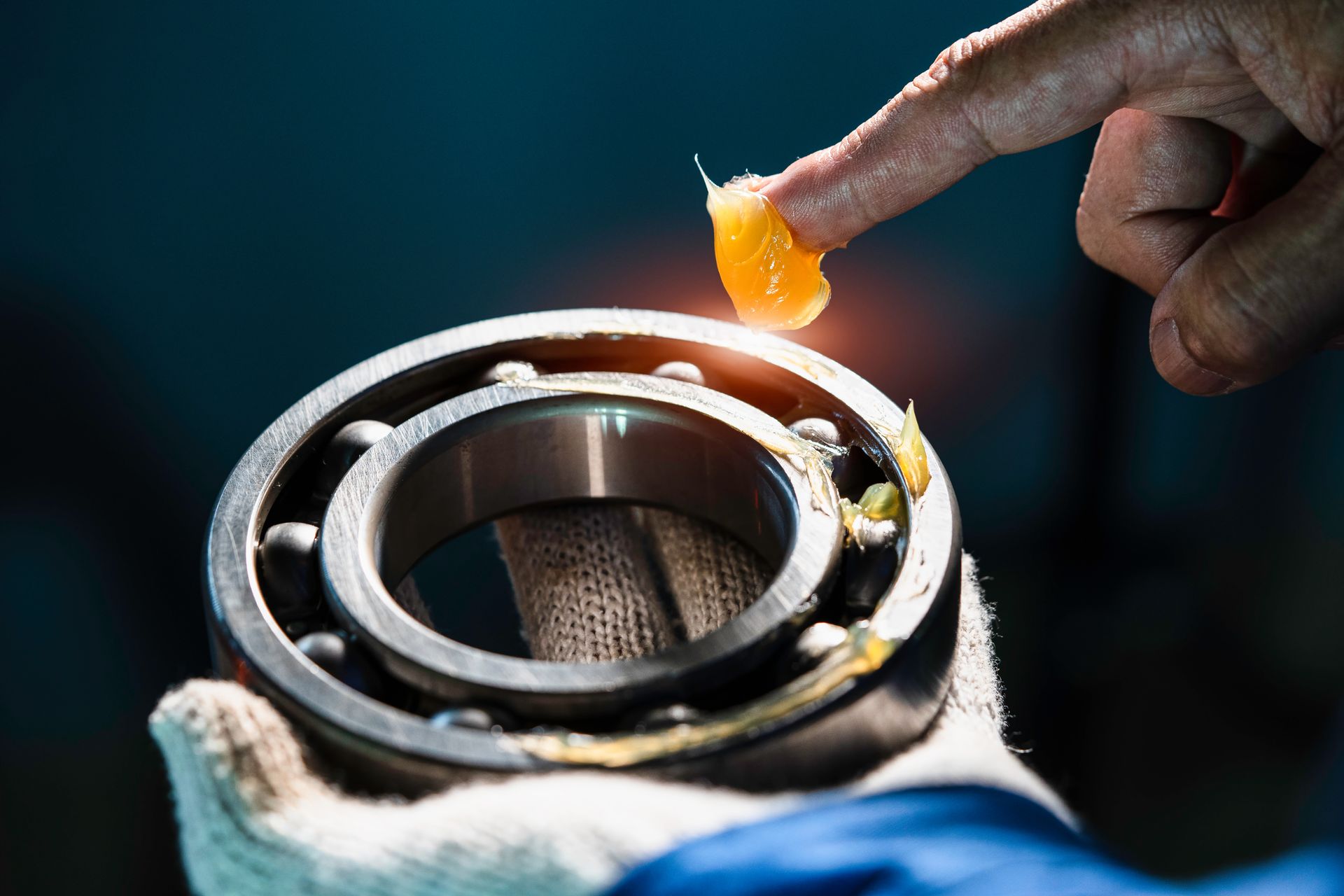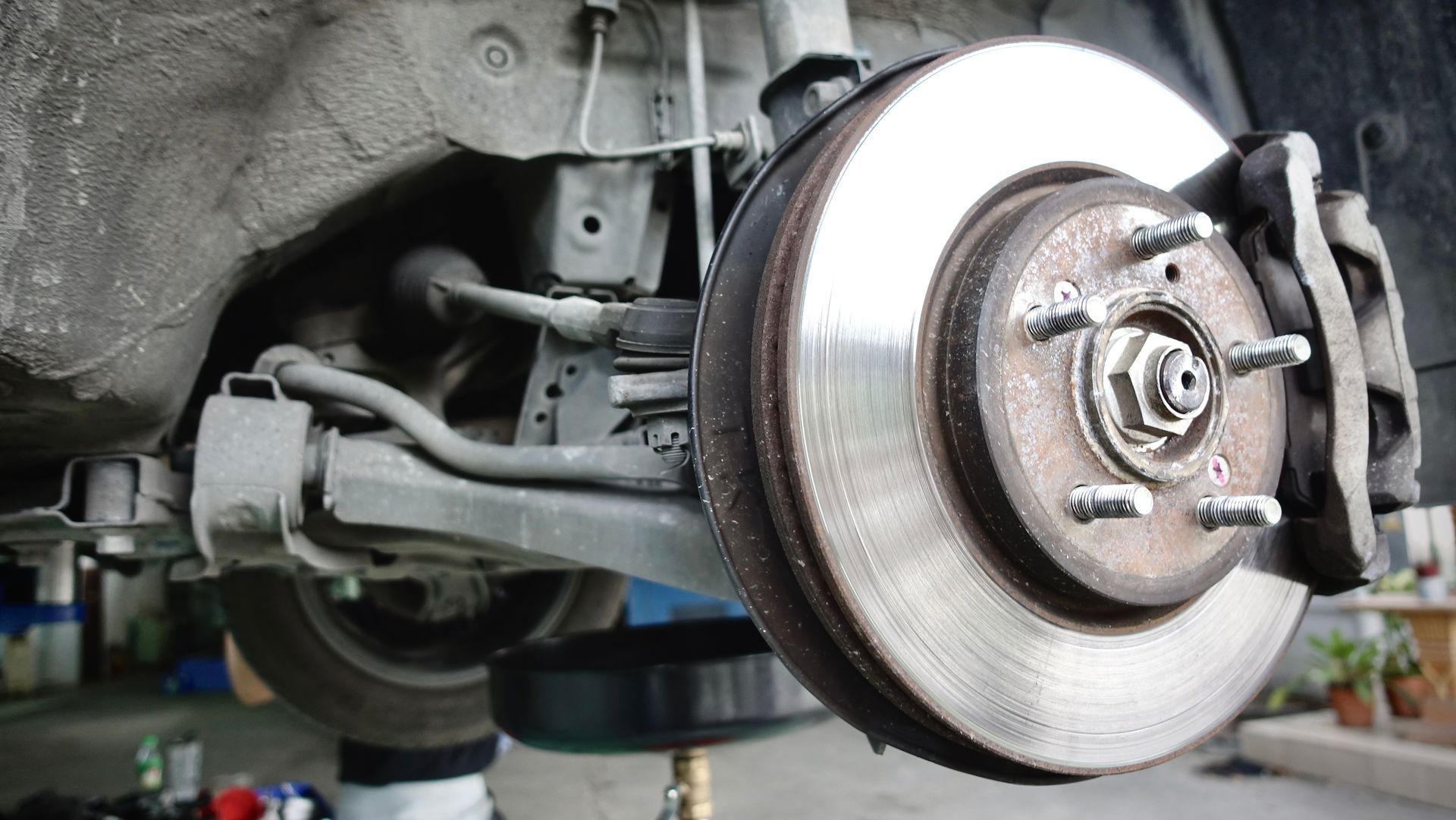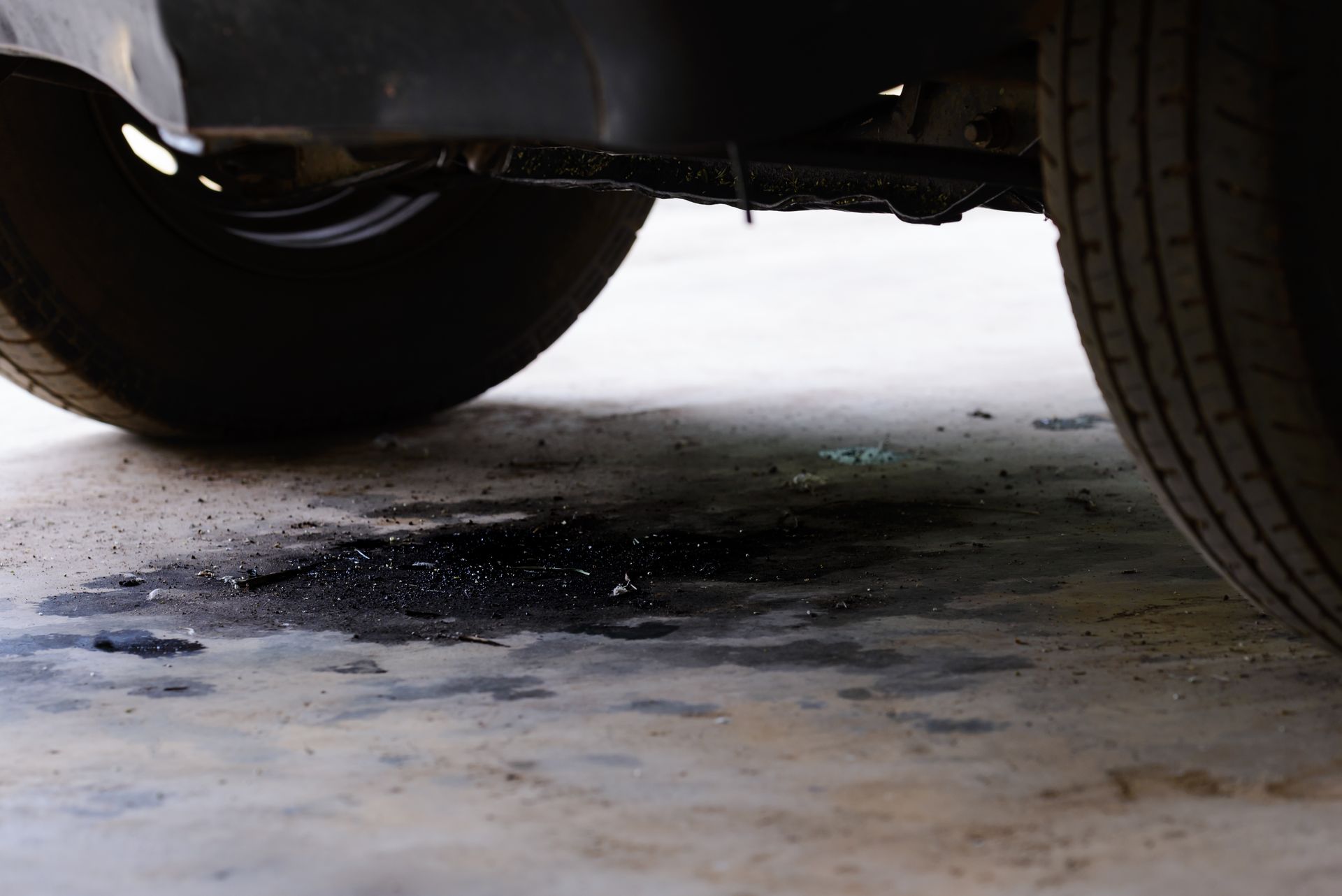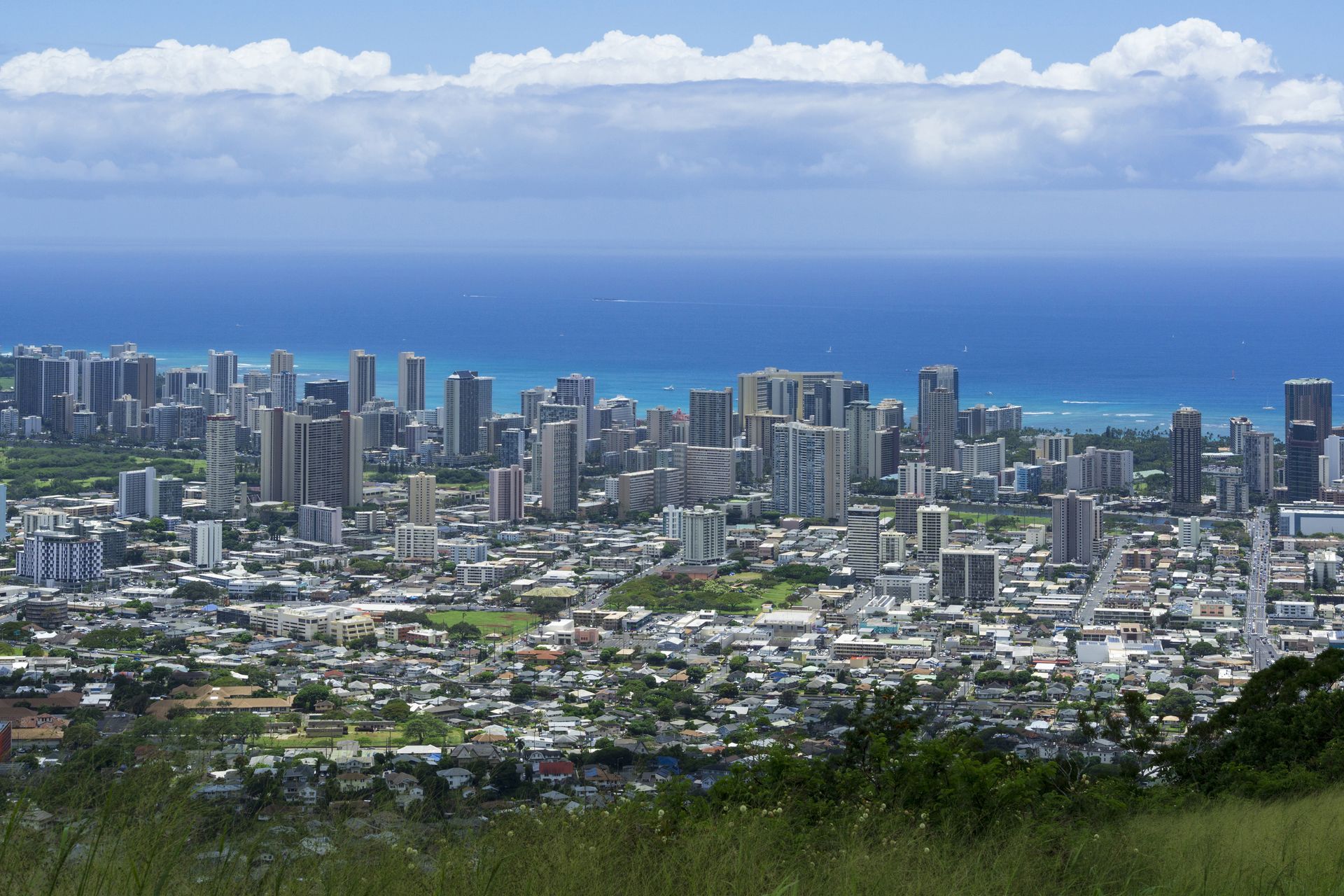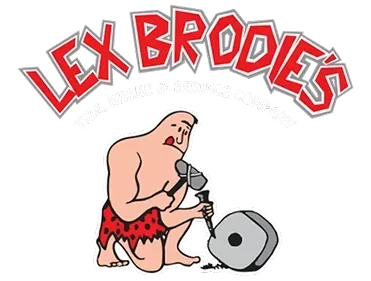Jaywalking Into History
August 1, 2020
If you’re walking and notice your destination is directly across the street from you, but there’s no intersection, what do you do? You may consider just crossing the street. Depending on where you live, this occurrence happens more often than not. “Jaywalking” is a term that describes someone who crosses a road at a point where there isn’t a designated crosswalk. This is still an excellent term to describe that phenomenon; however, “jaywalking” has a more colorful history than you might expect. What is the history behind the word jaywalking?
Jaywalking has to do with pedestrian safety. The National Highway Traffic Safety Administrations show that a considerable amount of pedestrian deaths occurs due to jaywalking each year. The term jaywalking originates from the early 20th century from the colloquial word “jay.” Jay refers to a silly or goofy person and carries a history of holding a derogatory meaning. Before the automobile became popular, most people felt entitled to walk anywhere on the road. With the boom of the automotive industry and the manufacturing of cars, the road rules began to change. The term jaywalking became a popular way to describe rude street walking manners, rather than a legal description. As more cars were driven, crosswalks were built around 1911. By 1930, new jaywalking laws spread like wildfire.
Laws for pedestrians regarding jaywalking vary from state to state. In some states like Michigan, the law is created by each individual city. Some states have laws against distracted walking, a term used to describe pedestrians who aren’t watching where they are walking. This usually can occur if they’re simultaneously walking and using their cellphone. In contrast, other states have stipulations depending on whether the pedestrian was in a controlled or uncontrolled crosswalk. The difference between the two is whether there is an actual crosswalk with markings or not. All in all, whether a state has specific laws against jaywalking or not, make it a regular practice to give a pedestrian the right-of-way rather than take it. Even if there are particular laws for jaywalking, if a pedestrian gets hit by your vehicle, you may end up in the wrong regardless.
Jaywalking still frustrates drivers to this day, and some cities may need to do a better job at identifying major locations without intersections or crosswalks for pedestrians. Most states have laws for jaywalking, but it’s always best to check your city’s specific regulations if you plan to cross an open road. While in some states you can get ticketed for jaywalking, drivers are always required to give pedestrians the right away.




